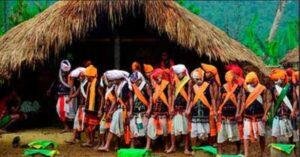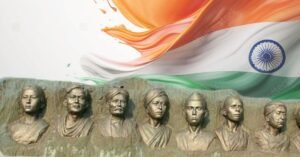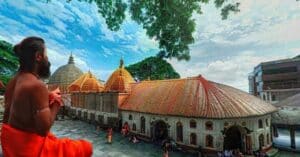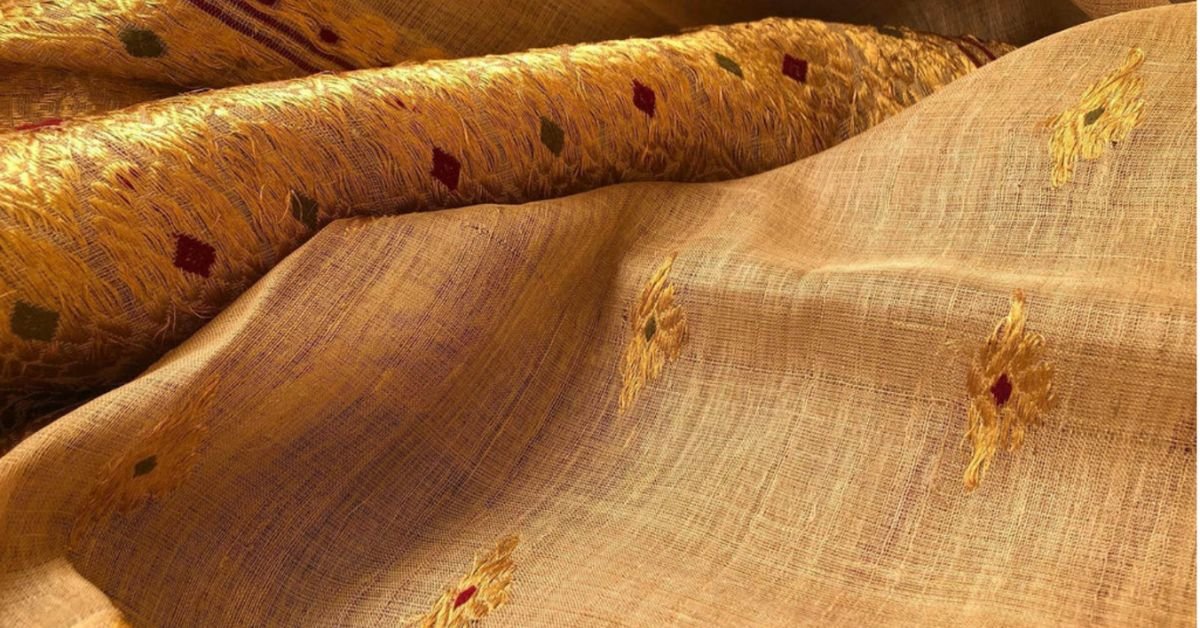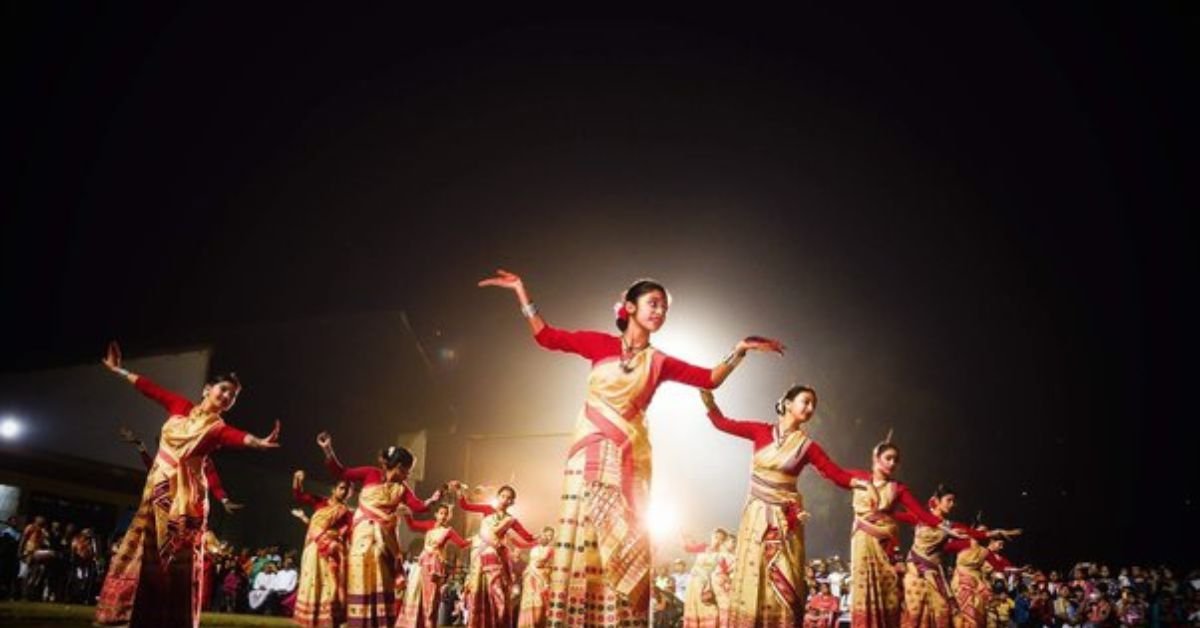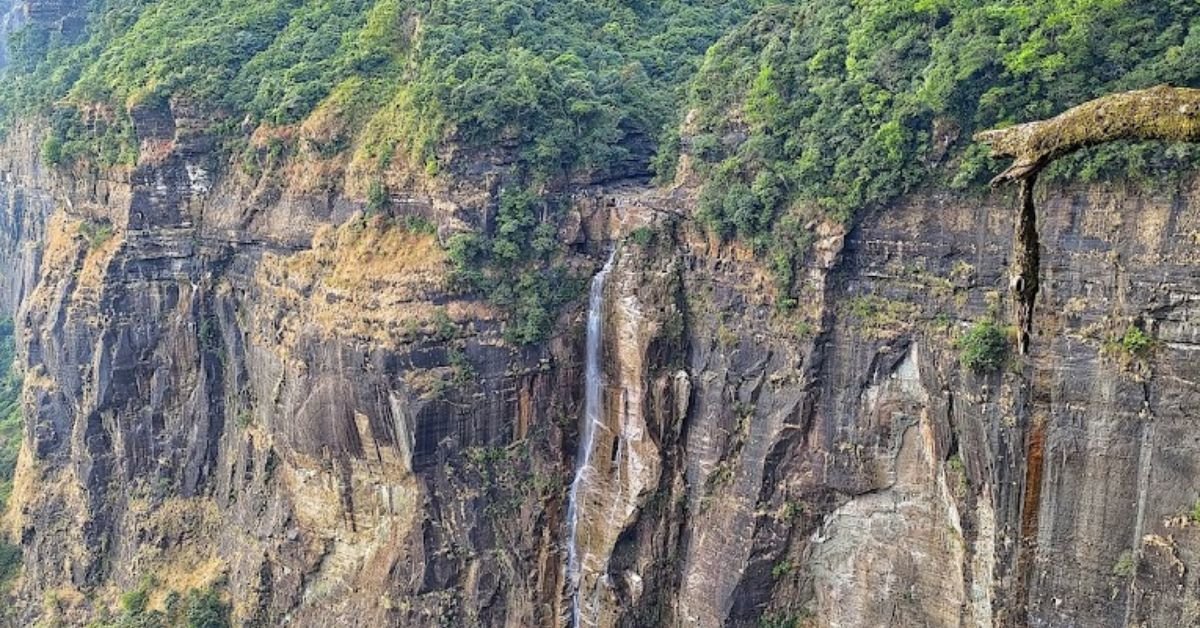As an Assamese native with a passion for exploring Upper Assam, I’ve spent the past decade visiting nearly every popular tourist destination, uncovering bits of the region’s rich history along the way. Yet, despite my extensive travels, one particular place had somehow escaped my attention—until recently. After hearing captivating stories about Namphake Village, I was so intrigued that I immediately set off on an unplanned journey straight to Dibrugarh district, to Namphake Village.
Little did I know that there was this tiny Buddhist population inside Assam who have preserved their unique culture and heritage so beautifully and representing it to the world. Coincidentally my time of journey was around the time of Buddha Purnima the auspicious day for Buddhism.
In this blog, I’ll share what I learned during my visit to Namphake Village, shedding light on the way of life of the Tai-Phake people. I’ll also provide tips on how to plan your journey and highlight other popular destinations in the surrounding area.
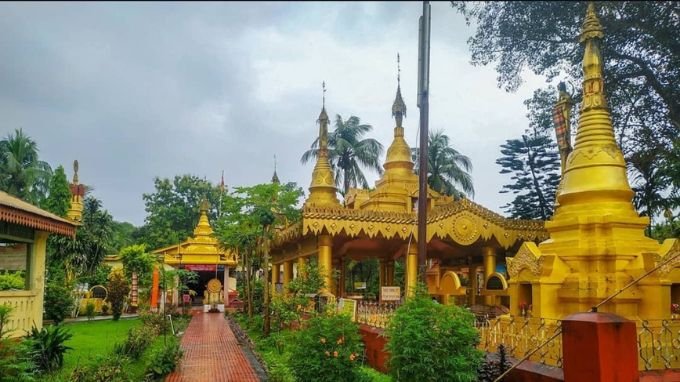
Namphake Village and its People
The village, in which the monastery is located, is known as Namphake village. Nestled beside the beautiful Burhi Dihing River, the place is 5 km away from Naharkatia town and 37 kms from Dibrugarh. It is the largest of the Tai-Phake villages in Assam. The word ‘phake’ has been derived from the Tai words ‘Pha’ and ‘Ke’. ‘Pha’ stands for wall and ‘ke’ stands for ancient or ‘old’. And ‘nam’ stands for ‘towards the lower part’.
The Tai Phake people were believed to have migrated from the Shan kingdom of Mongmao, Myanmar in the 18th century. The Tai Phake people follow Buddhism (Theravada sect of Buddhism with some old animistic beliefs). The villagers speak in a dialect similar to the language in Thailand. The village folk still follow the traditional customs and dress code of the great Tai race. There is no doubt that Namphake village is becoming a popular tourist destination in Dibrugarh.
About Namphake Monastery
The Namphake monastery is one of the oldest and most respected Buddhist monasteries of Assam. As the Monastery was established by migrant people of Thai origin, it is also known as the mini Thai monastery. In 2009, the Princess of Thailand visited this monastery.
The monastery here is surrounded by its unique natural setting and serene atmosphere. The monuments and relics found in the monastery, their religious serenity and rites remind us of the glorious Buddhist culture and traditions.
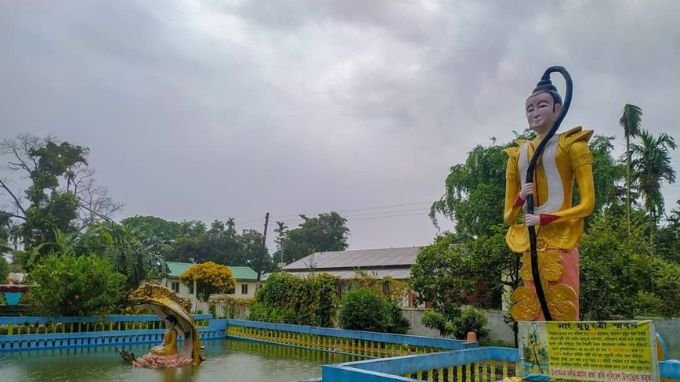
There is a water tank inside the monastery campus which is named as the Mucalinda Tank or Nong Mung Chiringta and is considered to be very holy. Ashoka Pillar situated near the monastery is another point of attraction. In addition, there is a beautiful library just beside which has preserved the ancient relics (texts, dresses, Buddhist symbols) in a systematic way. The library can provide beautiful insights about the history of Namphake Monastery.
The Way of Life at Namphake Village
About 200 Phakial families of the village are living in this riverine area. It’s really wonderful to see the village folk keeping alive their unique identity, customs and traditions, despite the challenges of the evil impacts of globalisation in today’s modern world. Thai culture as well as Assamese Buddhist culture have been conserved by the villagers to the utmost. And, it’s a good example set by the villagers to keep alive their own rich treasures, along with accepting Assamese culture and tradition.
The striking factor of the Namphake village is their claim that police have not entered its premises. Its shows how disciplined and well behaved the people of this village are. Any dispute is settled among the people by the monks and the chief priest. The chief priest of the village is called ‘vante’. The people are not also dependent on modern medical facilities. They rely on herbal method of curing.
It was May when we visited the place. Poi-Kham Sang (Poi Buddha Jayanti) was being observed with great enthusiasm. We talked to a number of villagers and we came to know many facts about this place.
Things to Do and Nearby Places
The village’s most significant festival is the Poi-Nen-Chi Festival, celebrated in March to honor Lord Buddha. Another major celebration is Poi-Nun-Hok, which marks the birth of Lord Buddha. During these festivals, you can also witness traditional dance performances by the women of the village, showcasing their rich cultural heritage.
This Monastery is regarded as a meditation centre. People often visit this place to meditate and the calm surrounding of the place is added bonus.
Then, there is Dihing Patkai National Park, which is 8 km away from Namphake Monastery. There are many eco-resorts along the Burhi Dihing river which are nearby Namphake Village. You can also explore these resorts to chill out when you are in the area.
How To Reach
There are many rental car agencies that provide cab service from Mohanbari (Dibrugarh airport) directly to Namphake Village. Other local transports like auto rickshaws and taxis also take you to Namphake village from nearby locales. Similarly, the town of Dibrugarh is well connected with other cities of India via rail.




